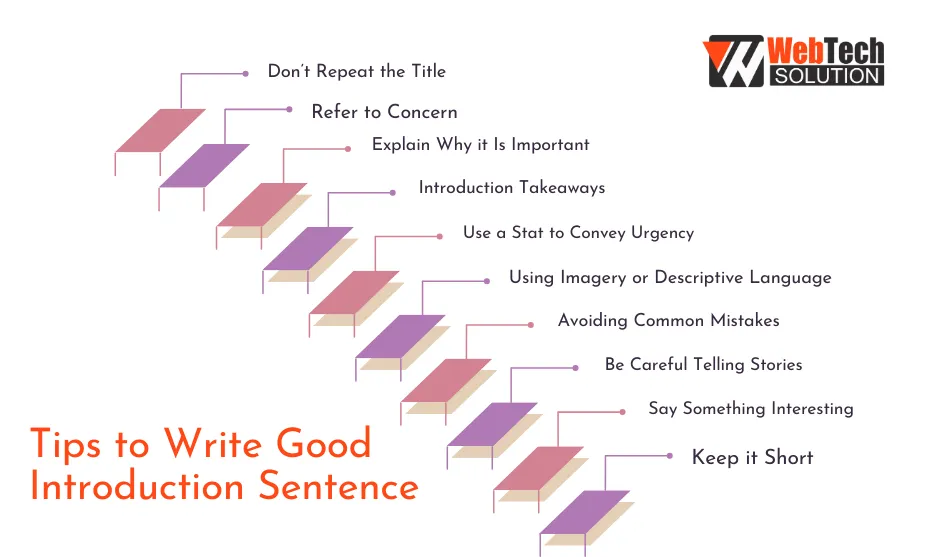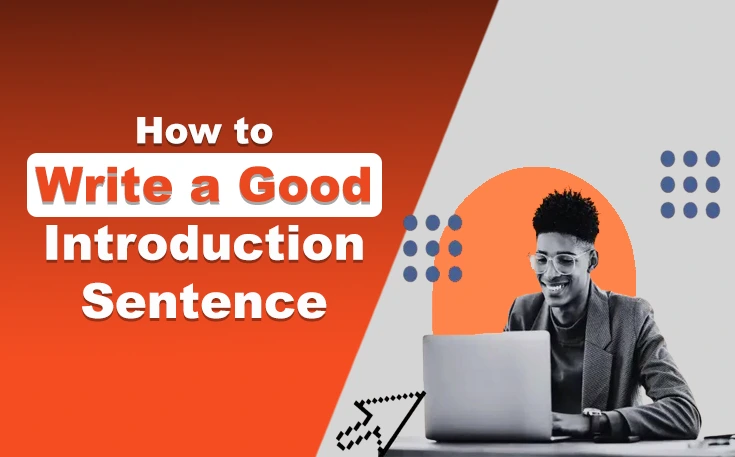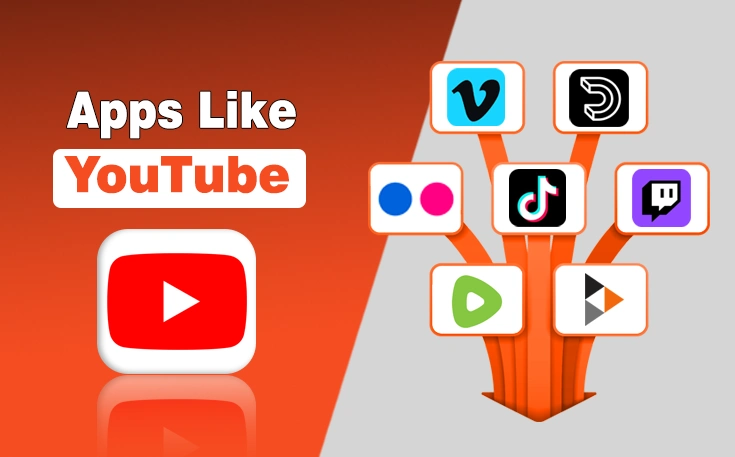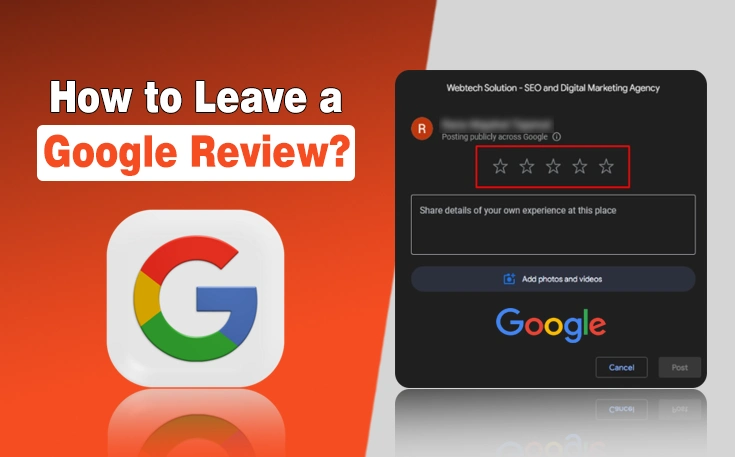A good introduction (for a research paper, article, or essay) captures the audience’s or readers’ attention as you guide them into a topic. The introduction should identify your topic, indicate your particular focus and provide essential context in the essay.
It’s useful for both audience and the reader because it makes the first impression and sets the stage for the rest of the work. If you write an essay or other content, it’s essential to understand how to write an effective introduction.
In this blog post, I will share some useful tips for writing a good introduction sentence that captivates readers and makes them eager to delve further into your content.
Let’s start!
What is an Introduction?
Your introduction is the hook to spark the interest of readers for your paper. As the first section of your essay or blog post, it assembles the first impression and sets the reader’s expectations for writing style, tone, and voice. More significantly, your introduction delivers the essential background for your reader to understand your key points and the paper’s purpose.
The introduction is also a method to captivate and engage your reader. An interesting, generally entertaining or thought-provoking introduction causes your reader excited to keep an eager and reading is an attentive reader.
Read Also: How to Start a Blog as a Beginner – Ultimate Guide
Tips to Write a Good Introduction Sentence
When you write an essay, research paper or other material, your introduction delivers relevant information about your ideas or goals. Here are simple steps for how to write a good introduction to capture the audience’s or reader’s attention:

Keep it Short
Keeping your short sentence is crucial because people can understand them easily. There’s great value in short sentences that are punchy, readable, and digestible. Many writers feel the pressure to create a captivating introduction, leading them to produce lengthy or never-ending sentences.
However, these sentences pose a problem as they require readers to exert extra effort, which does not encourage them to continue reading. Readers are eager to dive into the heart of the article, so it’s important to keep the main point deep within the content. Instead, it’s best to cut to the chase and provide the essential information upfront, satisfying readers’ curiosity and keeping them engaged. Or you can pay for research paper at WritePaper to get your paper done with a great introduction if you don’t have good writing skills.
Say Something Interesting
You have assumably heard advice like” Grab the reader’s attention” and “Create a hook.” But what type of stuff grabs an individual’s attention? Below are great options:
- Question
- Data
- Personal Stories
Consider that your reader has already clicked on the headline, indicating their interest in the topic that you’re presenting. However, you still need to captivate them even more.
For example, in my Influencer Marketing related blog post, I highlighted some amazing influencer marketing stats to hook the readers and show the importance of this type of digital marketing.
The key lies in crafting a first sentence that is fascinating enough to compel readers to anticipate the next one eagerly. You can confidently say you have done an excellent job when you accomplish this.
Be Careful Telling Stories
Storytelling can be effective way when it comes to writing introductions, but it should be done right. Use storytelling to pique the reader’s curiosity and create empathy, but avoid lengthy stories that lose readers. Remember to keep introductions concise, even when incorporating a story.
Avoiding Common Mistakes
While crafting an introduction sentence, it’s important to be aware of common mistakes that can reduce effectiveness. Some common traps to avoid include using clichés, being overly vague or abstract, providing irrelevant information, or starting with a weak or uninspiring statement. Writers can ensure that their introduction sentence is engaging and impactful by being mindful of these potential mistakes.
Using Imagery or Descriptive Language
Powerful imagery and descriptive language can paint vivid pictures in the reader’s mind. By employing sensory details, metaphors, or similes in the introduction sentence, the writer engages the reader’s imagination and creates a more immersive reading experience. This technique can captivate the reader’s attention and make them enthusiastic to continue reading to experience the content firsthand.

Use a Stat to Convey Urgency
Journalists often start news stories with attention-grabbing statistics or facts. As a blogger or writer, using compelling stats or facts can captivate readers and emphasize the significance of your topic.
For instance, if you’re a plumber writing a blog post about pipe replacement, starting with the frequency of burst pipes during winter can attract more readers. By highlighting a common issue that resonates with readers, they are more likely to continue reading to discover how to prevent it.
Introduction Takeaways
When composing an article introduction, consider the type of introduction that would grab your attention as a reader. Aim for uniqueness, freshness, and engagement to compel readers to continue beyond the introduction. Address their interests and problems, making the article a valuable resource for solving them. Crafting effective introductions may be challenging and require practice, but the effort pays off in capturing and retaining readers’ attention.
Explain Why it Is Important
While the significance of your article to your readers might be clear to you, it’s your responsibility to highlight its value and provide context. For instance, if you’re writing an article about affiliate marketing for a marketing audience, you can begin by sharing a compelling statistic about the affiliate marketing industry, capturing attention, and explaining its relevance in just two sentences.
Refer to Concern
Every person in every field has their set of challenges. When crafting your buyer personas, it’s essential to identify and document these issues. Acknowledging these problems in your introduction will demonstrate your understanding and connect with understanding readers. Providing informative articles that offer solutions to these problems is a powerful way to attract and engage readers.
Don’t Repeat the Title
You have just a few seconds to create a powerful impact with your introduction. Repeating your headline is a missed chance to attract the reader. Instead, seize the opportunity to strengthen that title and establish a compelling stage for your article, showcasing its value.
Final Words
A well-written introduction sentence serves as a gateway to the rest of the content, capturing the reader’s attention and setting the tone for the article. By using attention-grabbing hooks, thought-provoking questions, surprising facts, engaging anecdotes, suspense, imagery, direct address, and concise clarity, writers can create introduction sentences that leave a lasting impression on the reader. Mastering the art of crafting a good introduction sentence is an invaluable skill that can elevate the quality of any written piece.





